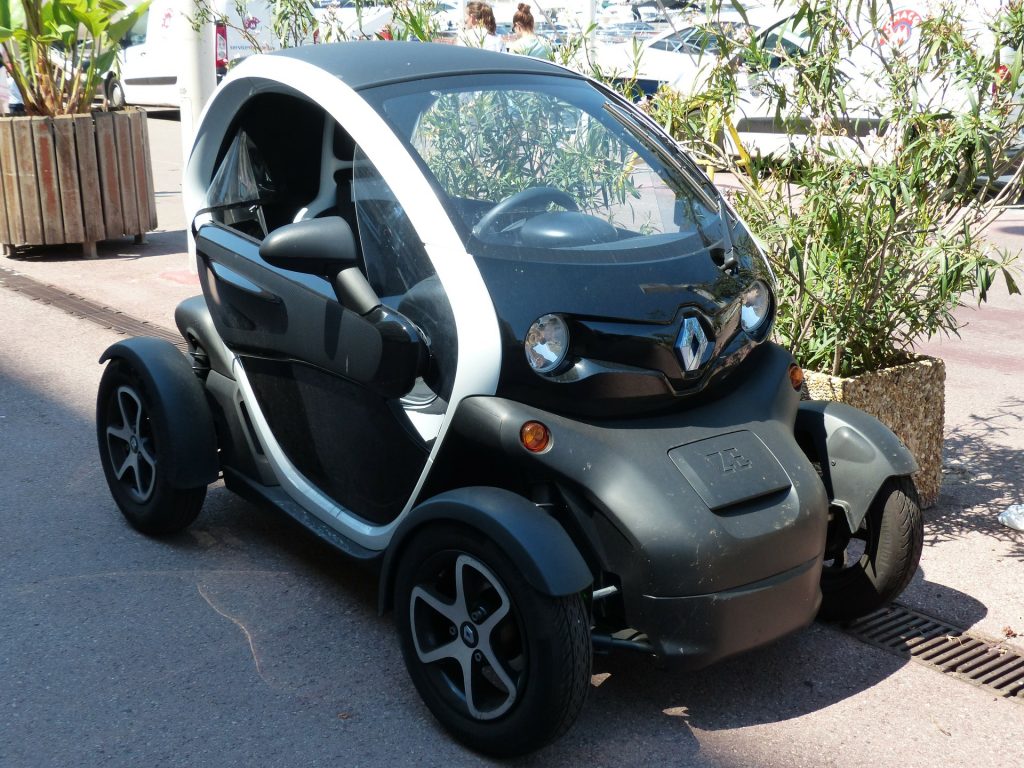What on Earth Are Powered Light Vehicles?
As urban populations increase and our city centres become more crowded, we need new ways of fast mobility. The result of this has been an increasing focus on electric vehicles and automated transport over the last decade. Yet there is another emerging transport technology that may change the way we get around our cities in the future. Powered Light Vehicles (PLVs) offer a compact and lightweight solution to modern transport issues. Compared to bulky motor cars and other road transport options, PLVs offer a practical solution for minimising pollution and congestion. So just what on earth are PLVs and what can they offer?
PLVs Defined
The term PLVs refers to a group of vehicles (from two to four wheels) designed for single passengers and cargo. These include mopeds, scooters and other small vehicles. Being lightweight and compact, they perfectly suit built up areas where other transport options are not feasible. By using less road space PLVs effectively reduce congestion. As they are electric powered they are also eco-friendly. In a nutshell, PLVs maximise transport potential and reduce vehicle size.
The Rise of PLVs
Over the years both commercial and domestic markets have considered the benefits of PLVs. As of 2018, over 50,000 PLVs are registered in the EU, although much of that has been outside the UK. While at the present time uptake has been slow and limited compared to larger electric vehicles, the need for PLVs is becoming more apparent. A Congestion Impact Study done by the MCIA found that traffic delays were decreased by up to 9.4% where PLVs make up 50% of the model. As such, more car makers are looking into the development of PLVs.
A first-rate example of a developed PLV is the Renault Twizy. First introduced in 2009, this two-seat electric quadricycle provides excellent performance and mobility for its compact size, as well as up to 80km/h speeds in its fastest models. By late 2019 the Twizy had sold almost 30,000 units worldwide and has inspired other PLVs such as Nissan’s New Mobility Concept and Toyota’s i-Road. As the need for vehicles like the Twizy become apparent, it only makes sense that the sector will develop further.

Renault Twizy
The Benefits of PLVs
PLVs add the following advantages:
- Cuts down congestion by using road space more efficiently.
- Easier mobility for groups like senior citizens and students to travel short distances quickly.
- Reduces delivery times for the service industry, making them ideal for last minute deliveries.
- Less congestion means more urban space will open for other uses such as walking.
- Having a lower carbon footprint, PLVs help improve air quality.
The Future of PLVs
As the problems of increased urbanisation become obvious, so too will the potential benefits of PLVs. With more car makers creating and refining PLV models, uptake is sure to increase. Will PLVs change the way we get around our cities? Time will tell, but already the future is looking bright.